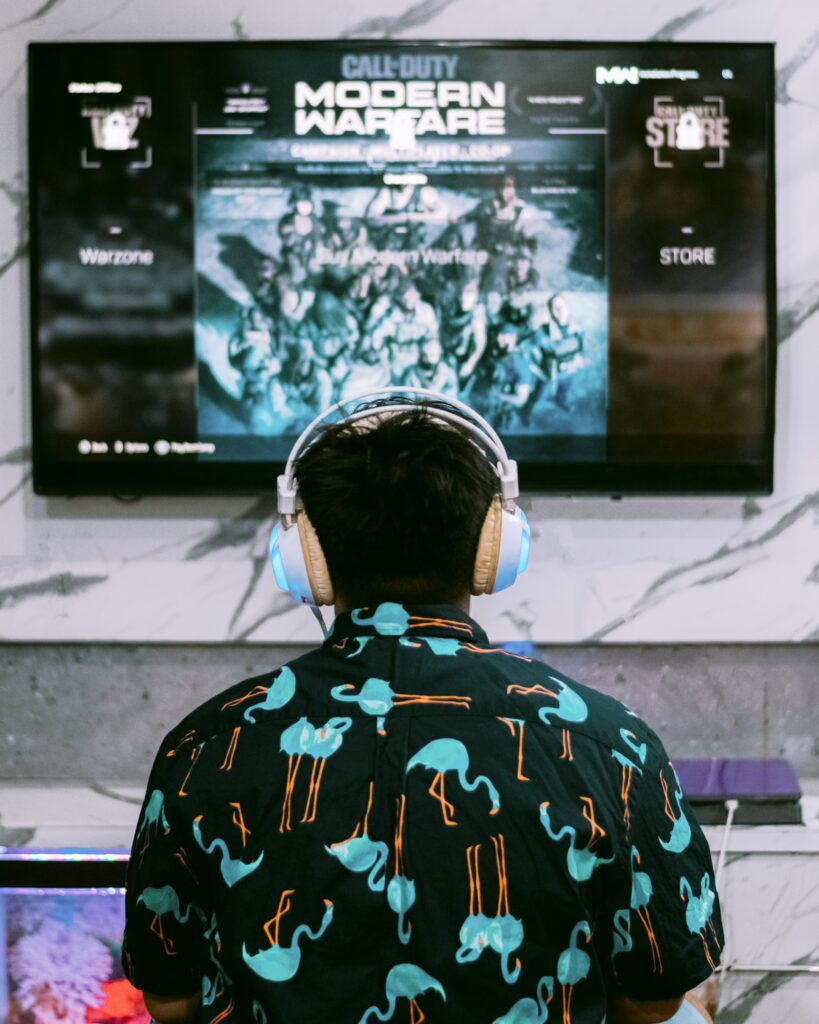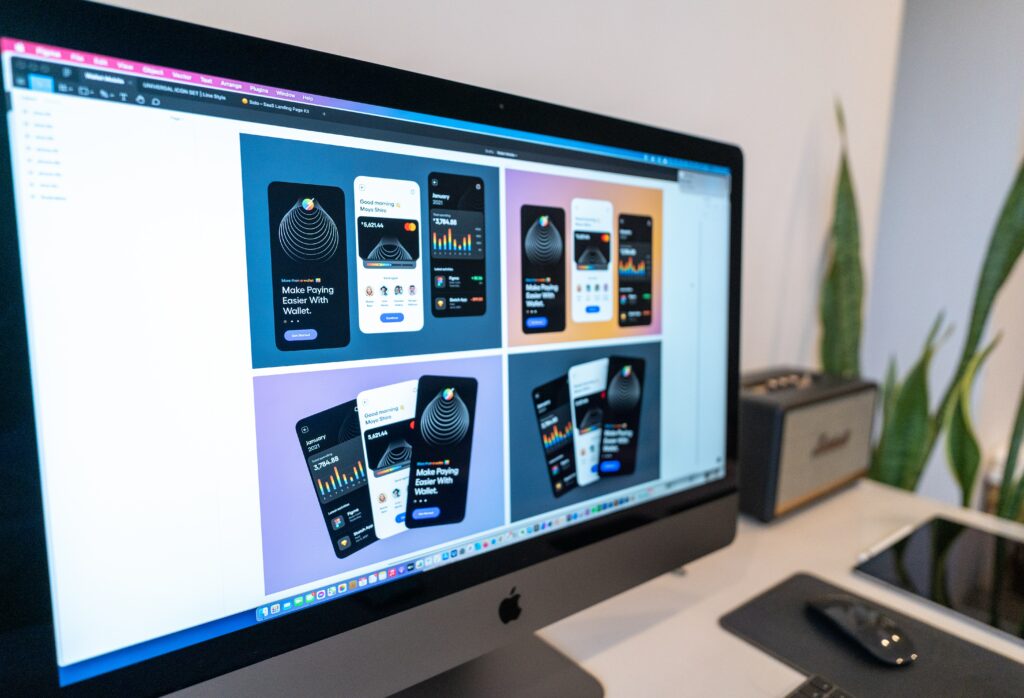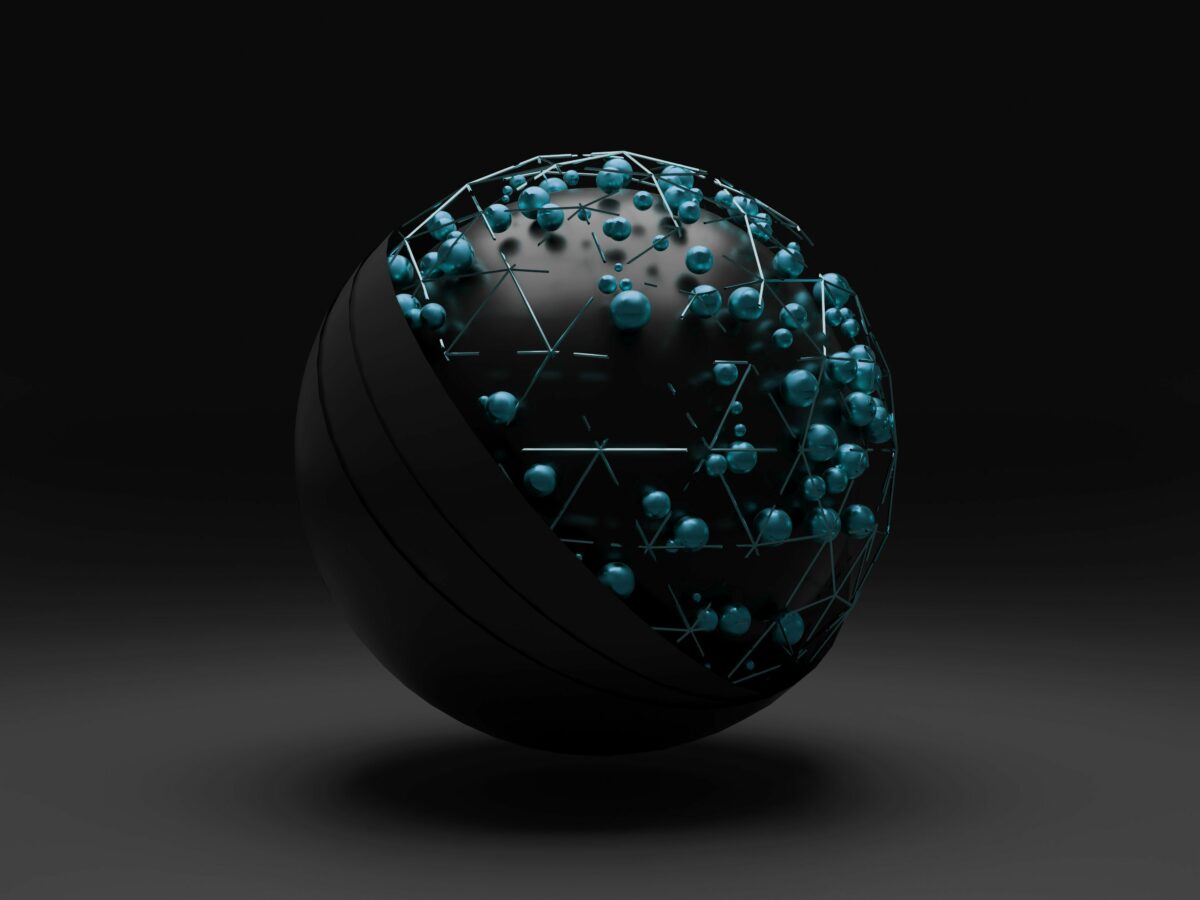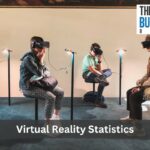Real-time rendering is an incredibly sophisticated, highly used, and fascinating sub-field of computer graphics. One whose initial first steps start off with a gaming classic, and that today is being used in just about every field of entertainment, as well as architecture.
From creating a fight scene between dwarfs and Smaug to the swoosh and flight of Captain America’s shield in the last Avengers movie. In this article, we’ll go into the madness, fun, and always entertaining field of real-time rendering — let’s get creative.
Post Contents
What Is Real-time Rendering?
Real-time rendering is a process of generating 3D graphics that can be viewed in real-time. This type of rendering is used to make computer games and virtual reality experiences more realistic. It is used to create immersive virtual reality experiences, or even – in Hollywood – to show directors and actors a barebones, not fully spruced up, the idea of how a certain scene will play out on screen.
Real-time rendering is a technology that allows developers to create interactive 3D graphics in a flash, right on set, or in the office while a client is looking over their shoulders. It is essential for video games, films and other media industries — and not just for entertainment.
The first real-time rendering process was created for the computer game Quake, which was released in 1996. Technology has since become an essential part of the gaming industry. And each year the technology has just gotten better and better.

In 2010, Pixar released their first movie that used real-time rendering, Toy Story 3. This allowed the film to have more lifelike graphics and gave it a more realistic feel.
In order to create realistic-looking graphics in movies and games, this technology is critical — you can’t have the Lord Of The Rings trilogy or the next Star Wars without this tech.
How Does Real-time Rendering Work?
Real-time 3D rendering is a technique that allows graphics to be generated and updated as the user moves their head or body. This technology has been used in video games for years, but now it has become more popular in other fields like engineering, architecture, and medicine.
The most common technique for real-time rendering is called ray tracing. It works by shooting rays of light from the camera into the virtual world and then calculating how those rays bounce around before they hit an object. The result is a 3D environment that reacts to the viewer’s movements instantly.
Let’s take a look at the 3 main ingredients – the real-time rendering pipeline – that allow this technology to exist. The architecture of the real-time rendering model can be divided into 3 distinctive conceptual stages:
Application Stage
The application stage is the first stage in a graphics pipeline. It is responsible for preparing the vertices and textures of the objects to be rendered for later stages. This includes clipping, culling, and transforming objects to fit into the coordinate system of the scene.
It creates the illusion of 3D shapes out of 2D triangles. For example, a 3D cube appears, well, 3D because it is built from 6 2D squares — which themselves are crafted from 12 2D triangles. It’s fooling the mind into seeing 3D images by showing them complex 2D constructs.
Geometry Stage
The geometry stage is the second stage in a real-time rendering pipeline. It is the point where all of the objects in a scene are transformed into geometric primitives and assigned to a particular shader. This is when you start to add the views POV — imagine the camera travelling through the shapes.
Here is where the best real-time rendering software or team edits corners, makes shapes look more realistic, carves out edges, etc. This is where the 3D cube gets whittled down into a ball, a human torso, or the hubcap of a car.

Rasterizing Stage
The rasterizing stage is the third step in the process of creating a display image. It occurs after the geometry stage, which determines what geometric primitives make up a scene, and the surface shading stage, which determines what colors are used to color those geometric primitives. The rasterizer takes all of these surfaces and converts them into pixels by determining their position on a grid.
The first step in this process is to convert each polygon from its native format into something that can be drawn on a screen: a set of pixels called an image map or texture map. This is done by dividing each polygon into smaller triangles and then converting each triangle into an equivalent set of pixels called texels. A texel is just one pixel with some additional information about how it should be shaded
In nutshell, this stage takes all you’ve built or managed to collect and converts it into pixels — allowing you to add lights, textures, colors, and other key life-like features to your work.
The Benefits of Real-time Rendering
In theory, real-time 3D rendering reduces the time, and investment needed to produce designs. Teams can field-test ideas out in the open, and get actual data on how said scene – or product – will look like.
This helps directors, for example, to move their actors around and adapt to the needs of special effects that will be rendered in post-production. With real-time rendering, you can try out new ideas, and have greater flexibility without the fear of losing valuable time or money.






























